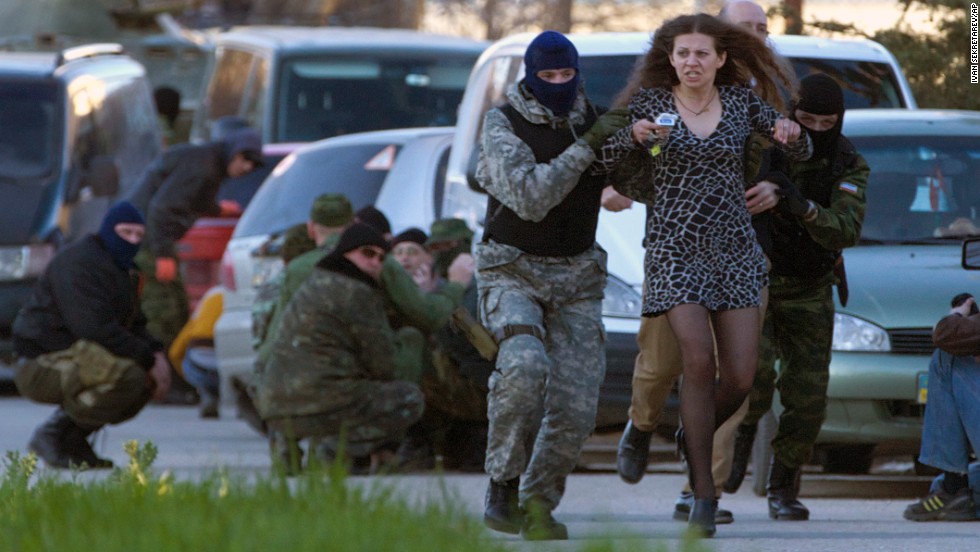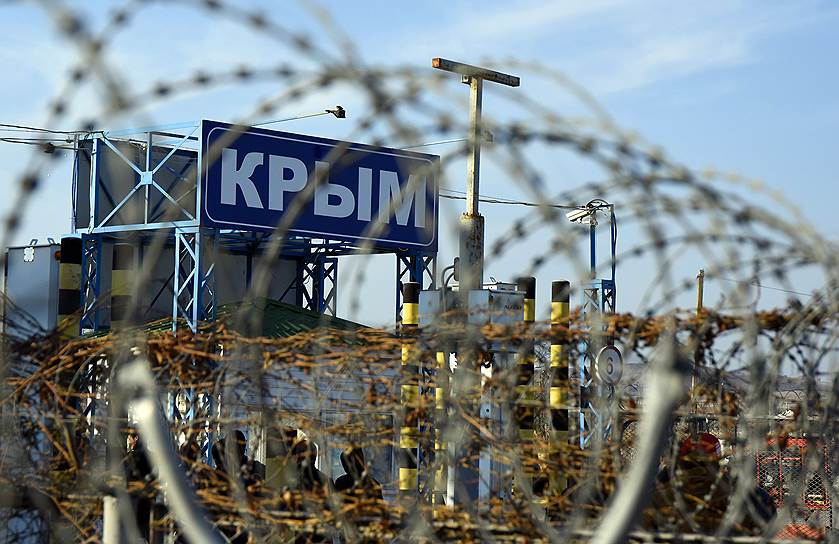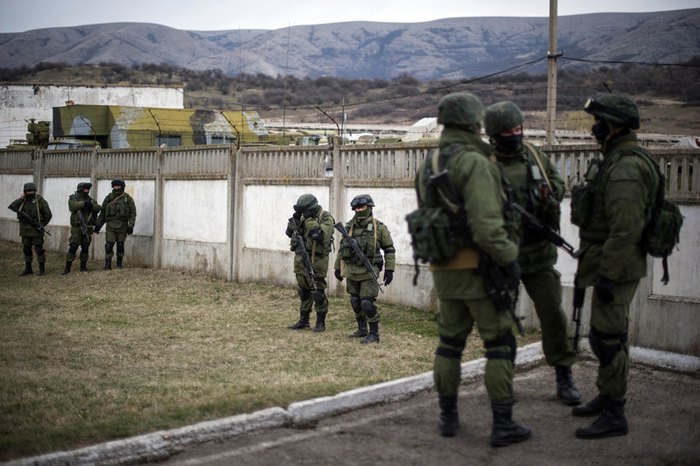There have been almost as many premature deaths in Crimea as a result of rapidly rising mortality rates on the Ukrainian peninsula since the Russian Anschluss as there have been combat losses in the Donbas, 9400 compared to 10,000 respectively, Igor Gundarov, an independent medical expert in Moscow says.
For the fourth year in a row – that is for the period since Vladimir Putin seized the peninsula – “Crimeans have been under the influence of a growing increase in mortality rates, the cause of which has still not become the subject of scholarly analysis, he writes in Nezavisimaya gazeta
.
What is happening in Crimea now, Gundarov says, resembles what happened in Russia in the 1990s and even more what happened in East Germany after reunification. It does not reflect what was the case before Crimea was annexed: “From 2005 through 2013, mortality” in Crimea as in Ukraine and in Russia, he points out, “had fallen without interruption.”

Medical risk factors like smoking and drinking don’t explain this because they don’t change so quickly, and in Crimea over the last four years, deaths from overconsumption of alcohol have even fallen. And there are other inexplicable developments as well, the Moscow medical expert says.
“For the first time in the history of demography, the acceleration of the growth of mortality among women has exceeded that of men. If in 2014, for every 1000 men aged 35 to 59 there were 1256 women, in 2015, that had fallen to only 982 women per 1000 men, that is, by 28 percent fewer.”
This involves such things as theft, violence, murders, divorce and general criminality, factors that reflect how people really feel about developments in contrast to what they say. In Russia in the 1990s and East Germany at the time of reunification, people said they were pleased by the development. The same is true in Crimea, he reports.
But their actions, which reflect their “subconscious” feelings, point in a different direction and do have demographic consequences. Unfortunately, the link between subconscious feelings and demography and the impact of cognitive dissonance between conscious and unconscious feelings are “typically ignored by sociologists.”

What is taking place in Crimea now, Gundarov says, might best be termed “the GDR syndrome,” with rising crime, most of it economic, reflecting the “impoverishment of the population and the vulgarization of social relations. An MVD officer in Sevastopol says that crime is up because unemployment is up. “There is no work, but people want to live.”
“Two-thirds of those who commit crimes do not have a permanent source of income,” and increasingly they are committing ever more violent crimes, including murder, battery, and other attacks. And at the same time, they are turning away from activities of intellectual and cultural development. Moreover, “the number of divorces has increased 200 percent.”
Consequently, the GDR syndrome is likely to last far longer than it did in Germany.
Related:
- Chronology of the annexation of Crimea
- The Crimean Anschluss at three: ‘A jubilee of stupidity and criminality’
- Hitler’s anschluss and Putin’s: Similarities and differences
- “See you in the Hague!” Last word of Crimean Tatar leader Umerov on Russian show trial
- UN report condemns Russia over human rights abuses in occupied Crimea
- “It’s Russia which broke the law” – last word of Crimean journalist prosecuted for opposing illegal landgrab
- Russia putting historic Crimean landmarks in danger
- Another “terrorist”? Russian FSB kidnaps, tortures Crimean Tatar to obtain false “confession”





